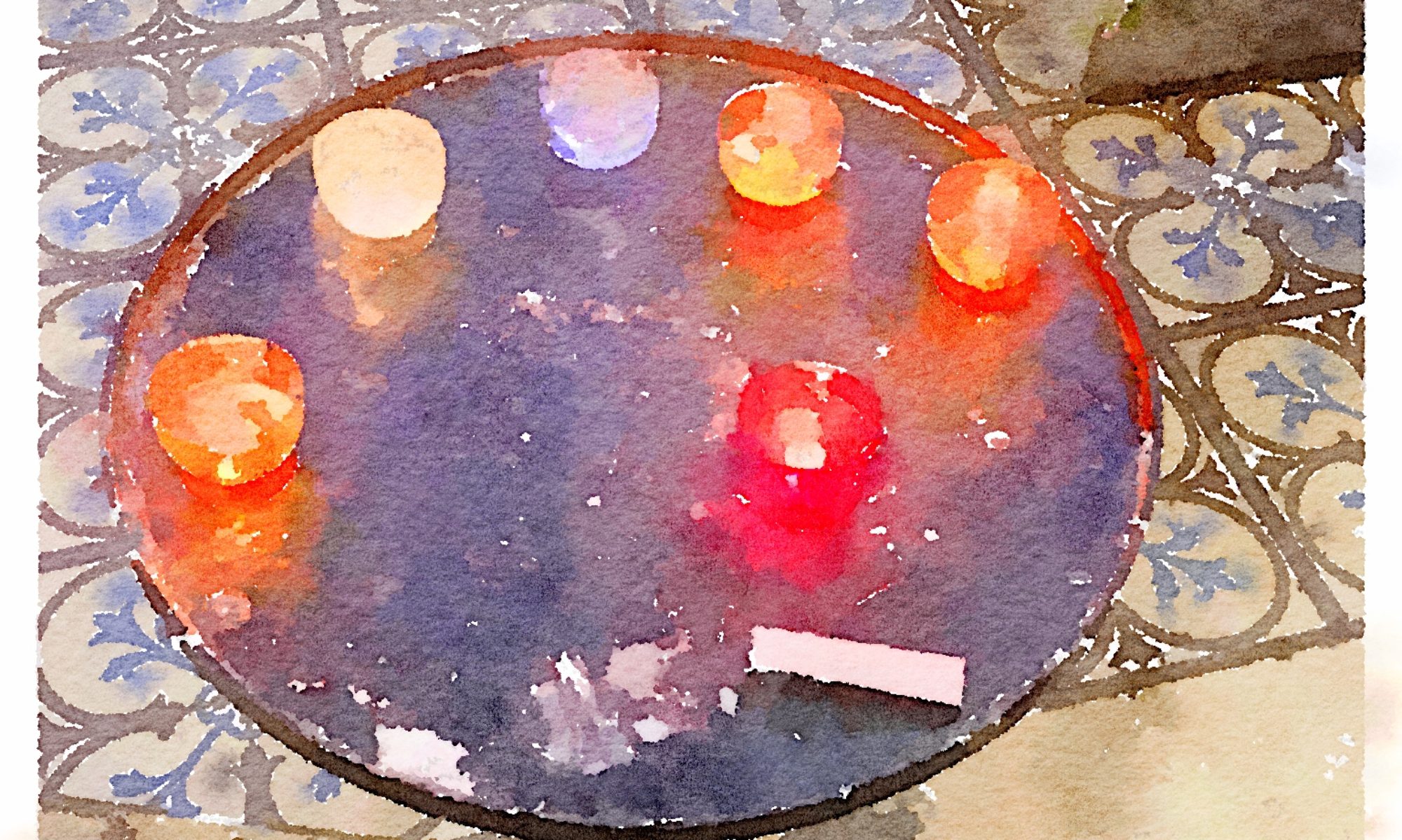@deandreppx
Profile
Registered: 3 years, 5 months ago
All About Mushroom Growing Kits
Mushroom rising kits make it simple to have a lot of stunning and scrumptious mushrooms with minimal effort. They're fun for novices just learning the best way to grow mushrooms and seasoned cultivators alike.
A kit is simply mushroom mycelium growing on some sort of materials, called a substrate. Once you buy a mushroom kit, most of the hard work of growing the mycelium and preparing the substrate has been finished for you. For many individuals, having to do less work to develop mushrooms far outweighs the cost of the kit.
Mushroom kits can come with different substrates. Some examples are:
A block of sterilized sawdust and wood chips (most typical)
A log or piece of wood
A bag of pasteurized straw
Loose and crumbly sawdust that you just use to inoculate other substrates (additionally called mushroom spawn).
Read on to study more about mushroom rising kits including how they work, advantages and disadvantages, and where to buy them. They're a great reward for curious kids, elderly nature lovers who want a straightforward project, bored gardeners in the winter, or just anybody who loves mushrooms!
Most mushroom growing kits are like a low-maintenance boyfriend or girlfriend. All they really need is contemporary air, water, a good location, and a little patience. ;)
As the kit already has growing mycelium, all you could do is create the proper conditions for it to produce mushrooms. This normally entails exposing the kit to a cold temperature for a day, after which keeping it watered.
The cold simulates fall temperatures, encouraging the mycelium to create mushrooms as a method of reproduction before winter.
Keep in mind that the mycelium is alive and won't survive if left in a box without air or water. Mushroom growing kits do have a definite shelf life, so use it as soon as you can after it arrives.
Here is roughly what to expect to do with varied substrates. The directions that come with your kit will go into more detail.
Sawmud/wood chip block - Submerge the block in cool water and put in the refrigerator for twenty-four hours. Remove the block and place in a well-ventilated, low-light area. Mist with water a few instances a day and cover with plastic to keep up the humidity level. Mushrooms will fruit in a number of weeks or less.
Mushroom log - Soak the log in cold water for twenty-four hours. Place it somewhere off the ground in a shady spot either indoors or outdoors. Mushrooms will fruit in a few weeks or less, provided that the log is recurrently soaked each few weeks.
Loose sterilized sawdust - Technically considered mushroom spawn, these kits are essentially the most work but in addition probably the most versatile. They must be mixed in with one other substrate and allowed to colonize before they'll begin fruiting. Other substrates include cardboard, pasteurized straw, out of doors compost beds, wood chips, etc. It is nonetheless pretty straightforward!
After your mushroom kit has fruited once, keep watering it per the directions. Most kits could have multiple flushes. Some will continue to develop mushrooms every few weeks for two months up to a year.
You should still get some use out of your kit after it stops producing. Just because the nutrients within the substrate have been used up doesn't suggest that the mycelium is not nonetheless alive. Throw it outside on a bale of straw, a bed on wood chips, or in a compost pile. You will have mushrooms in that spot next spring!
In the event you loved this short article and you would like to receive more information concerning P. cubensis kindly visit the web site.
Website: http://engage.aiaa.org/network/members/profile?UserKey=05b0d2ca-9607-4387-be93-3b2c452779c9
Forums
Topics Started: 0
Replies Created: 0
Forum Role: Participant
